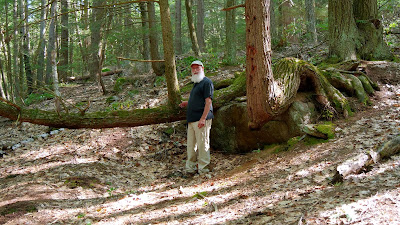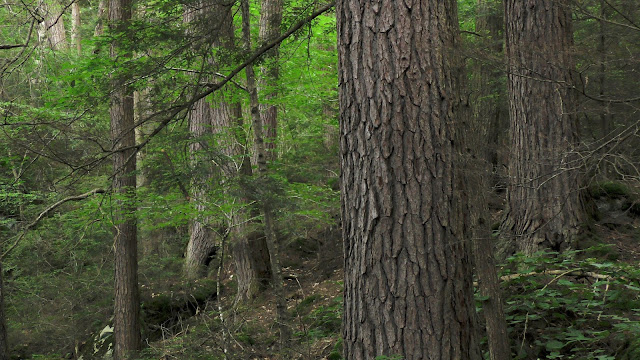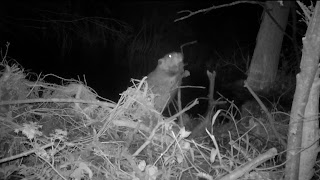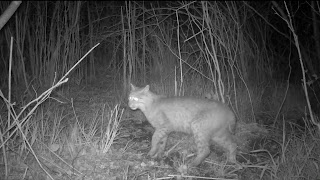If I had to choose just one kind of natural habitat to spend all my outdoor time in, it would have to be a beaver pond. Ideally, it would be deep in an old-growth forest. But, old forest surroundings or not, it would be a pond. Why? Because there's so much wildlife to be found there, more so than any other habitat I know of.
That's why it's been a longtime plan to create a film about such places. Initially, the thought was that it should cover a full year's time at ponds, and would likely be a one-hour film. Several years ago, I started gathering footage of as wide a variety of beaver pond-related creatures as I could. When it came time to start putting the film together, I realized that there was far more to include than I had thought. It took two one-hour films to cover spring; and even at that, a lot was omitted.
The plan was then to do one hour on summer. Well, that won't be enough either. "Beaver Pond Wildlife Part 3: Early-Mid Summer" is now completed... another one-hour film. Part 4 will likely be "Mid-Late Summer", followed by further episodes covering the rest of the year.
 |
| Red-shouldered hawk with frog |
Many viewers of Parts 1 and 2 have posted encouraging and gratifying comments on the Youtube channel, and have been eagerly awaiting Part 3. I'm quite pleased by the response, and am even happier to have this third hour completed and ready for you to enjoy.
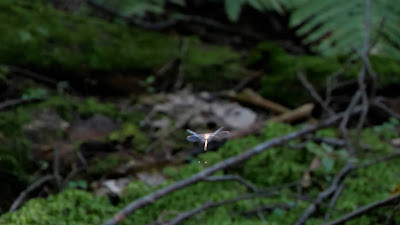 |
| A dragonfly drops two tiny eggs into the pond |
There are some scenes of things that relatively few people have ever personally witnessed; they were certainly new, chance experiences for me as well. And one or two might come as a big surprise to many people. I won't spill the beans here, hopefully you'll soon see for yourself.
 |
| Belted Kingfisher dives into pond |
So... get the popcorn popped, turn the cell phone off for an hour, and enjoy! Even better- head out to a local pond and experience these things firsthand.


